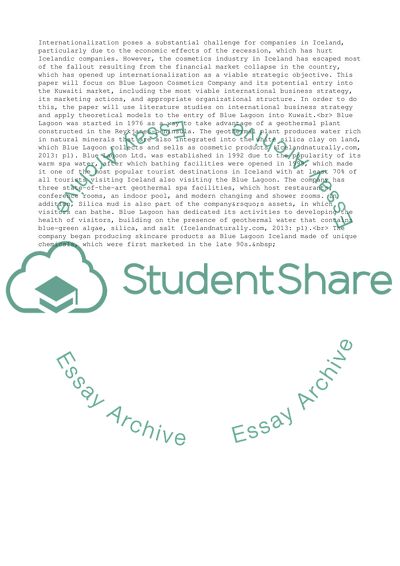Cite this document
(“International Business - Overseas Market Entry Actions Essay”, n.d.)
International Business - Overseas Market Entry Actions Essay. Retrieved from https://studentshare.org/business/1647943-international-business-overseas-market-entry-actions
International Business - Overseas Market Entry Actions Essay. Retrieved from https://studentshare.org/business/1647943-international-business-overseas-market-entry-actions
(International Business - Overseas Market Entry Actions Essay)
International Business - Overseas Market Entry Actions Essay. https://studentshare.org/business/1647943-international-business-overseas-market-entry-actions.
International Business - Overseas Market Entry Actions Essay. https://studentshare.org/business/1647943-international-business-overseas-market-entry-actions.
“International Business - Overseas Market Entry Actions Essay”, n.d. https://studentshare.org/business/1647943-international-business-overseas-market-entry-actions.


